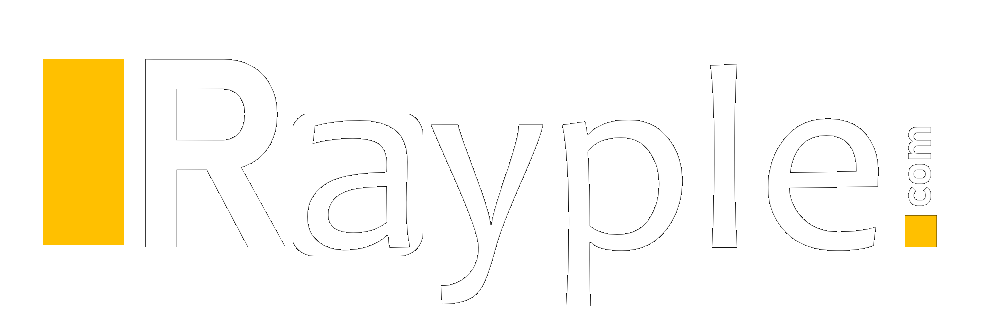- Performing a cost-benefit analysis for highlighting which energy efficiency measures are best to implement
- Finding alternative measures to reduce energy losses and improve the overall performance
- Understanding how energy is used within the system or process, and where it is wasted

